Lately, I’ve been doing some digging around the web and have noticed one question that has come up time and time again. That question is: How can you tell if its a quality piece of furniture?
People can’t seem to tell the difference from the good to the crap. It’s a problem when the cheap imitation stuff looks and feels like a quality piece but over time proves that to be wrong. Here is a few things on how you can weed out the bad from the good.
1. How is it made?
The quickest and easiest way to tell the difference is how it is made. Most modern furniture is assembled using veneer. Veneer wood is a flimsy material only being 3 mm (1/8 inch) thick. Veneer is obtained either by “peeling” the trunk of a tree or by slicing large rectangular blocks of wood known as flitches. The appearance of the grain and figure in wood comes from slicing through the growth rings of a tree and depends upon the angle at which the wood is sliced.
Most quality pieces, at least wooden pieces, are 1 inch thick. This makes the piece much more durable. You want your furniture to be a solid piece. If it flimsy and created from cheaper material, you’re going to get exactly what you’ve paid for.
2. The way it is constructed
On wooden furniture, a good place to tell the quality of construction would be the joints. Good quality furniture will have joints that are screwed, or doweled. The very best joints are dovetailed, mortise-and tenon. Re-enforcing block attached at an angle should be used on corners. Indications of poor quality would be joints that are nailed, stapled, or will have visible glue.
The problems of having the furniture assembled by means of being nailed or stapled is that it can easily come apart. Staples will come apart over time do to extensive use.
3. Does it wobble?
Quality pieces will be leveled with the floor. Poor pieces of furniture will wobble on any floor. Your solid hardwood furniture will for the most part always be leveled with the floor. They are very stable and the only way to get them to shake is if it was in an earthquake. If the piece does wobble, this is usually a tell-tale sign that the floor is not leveled. This is actually the case with our showroom.
4. The type of finishing being used
This one is important especially when it comes to tables. Wood on a good quality furniture piece should be reasonably scratch resistant, if it dents easily the furniture will not stand up to much use. To test this, you can try drawing a line on an unexposed area with your fingernail to see if it leaves a visible dent.
On our furniture for example, we use a standard catalyzed varnish. The finish gives you the freedom not needing to baby your furniture. You’re able to place a sweaty place of water on it and not worry about water marks or even place a boiling pot of water on it and let it go to room temperature.
5. What type of fabric is used
It can be more difficult to tell quality upholstered furniture, because its frame is often concealed by fabric. Here is what you can do though, when you go to a retail location the sales person should be able to tell you all the information about the product right away. If they can not easily provide this information, or they hesitate do not buy from them, move on to another location. The sales person should have good product knowledge. They should be able to provide some sort of information to you regarding the piece.
Find out what the density of the foam is. Upholstered furniture should have a seat foam density rating of at least 1.8 pounds or higher. If the chair or sofa has removable seat cushions, unzip them and take a look inside. The foam block should be wrapped in fiber. Very high end ones will probably have a protective inner cover. Removable back cushions could be made of foam, but will probably be loose fill. Loose fill cushions should have multiple internal compartments. These internal compartments stop the fill from settling.
6. Does it use the same material on all of it?
Look at the underside of the piece. Does it look like the same wood to you as on top? If not, then most probably it is veneered. In solid wood pieces, the wood will look the same in both visible and hidden parts (or almost the same as the better part of a board is usually turned out). The underside will most likely be some type of plywood or veneered wood.
7. The value of the furniture
Furniture made completely from solid wood is more expensive than furniture made from a combination of veneers and solid wood. This stands to reason since more high-quality lumber is needed. Veneer crafted furniture loses it’s value over time dramatically as it won’t stand the test of time compared to solid hardwoods. Solid hardwood retains its value much longer since it is built to last for generations.
8. How heavy is it?
There is a belief that solid wood furniture is generally heavier than particle board or MDF (medium density fiberboard) furniture. Yes and no. First of all there are a lot of types of wood which are light in weight such as pine or cherry. Besides, the more glue there is in an MDF or particle board piece the heavier it is. So such furniture can be quite weighty.
But there is a twist! For casegoods, heavier does NOT mean it is better quality. Beginning in the 1980′s and especially since the early 2000′s, there has been an explosion of cheap mass-produced furniture made from MDF (medium density fiberboard) covered with a wood veneer. MDF is heavier than wood – even hardwoods. So all those modern casegoods that weigh a ton? Yep, you guessed it. It’s a pretty good clue that they are made from MDF, not wood. Because MDF is easier to damage, it just won’t last like real wood does.
9. Look at the curves
Chair backs, table skirts, arms, legs and other curved furniture parts are tell-tale signs of quality. If a part is a single piece of solid wood that has been steam bent, it will last longer and look more graceful than pieces fashioned from thin strips of laminated wood. Check for bulges or wrinkles along the inside corner of a bend, as this indicates that the internal fibers of the wood have buckled during the bending process. Cracks along the outer edge indicate that wood fibers have been stretched which will also weaken the part.
10. Does it have a uniform look?
This is a great way to tell if it manufactured or not. Since veneer wood is a combination of different woods, it is crafted to have a uniform look to it. Solid hardwoods are made from just that, a solid hardwood. Solid hardwood furniture pieces show the imperfection of the wood because it is a product of nature.
Veneer is a man-made, manufactured wood to remove those imperfections and give the furniture a unified look. Some like the imperfections of the wood and some don’t.
There are a lot of benefits of owning a real solid wood furniture. It gives you the confidence that you won’t have to replace your furniture for many years. And even if you decide to sell it the presence of solid wood in your items will give them a great selling power. Enjoy peace of mind with your solid wood furniture.
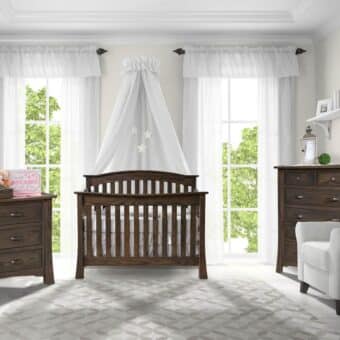
![Carlston Amish Bedroom Set [Sap Cherry with a Mineral finish]](https://eadn-wc01-1253085.nxedge.io/wp-content/uploads/2022/07/Carlston-Mineral-340x340.jpg)
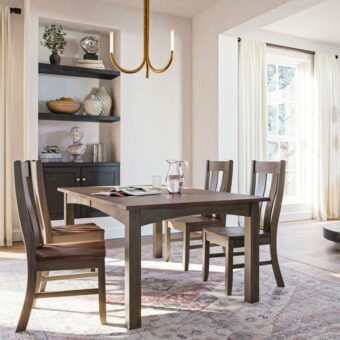
![Malaya Amish Collection [Chair, Sofa, and Coffee Table]](https://eadn-wc01-1253085.nxedge.io/wp-content/uploads/2022/09/Malaya-Setting-IDB-150x150.jpg)
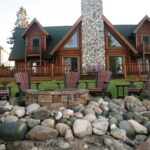


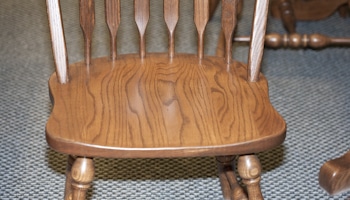
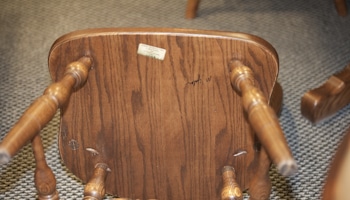
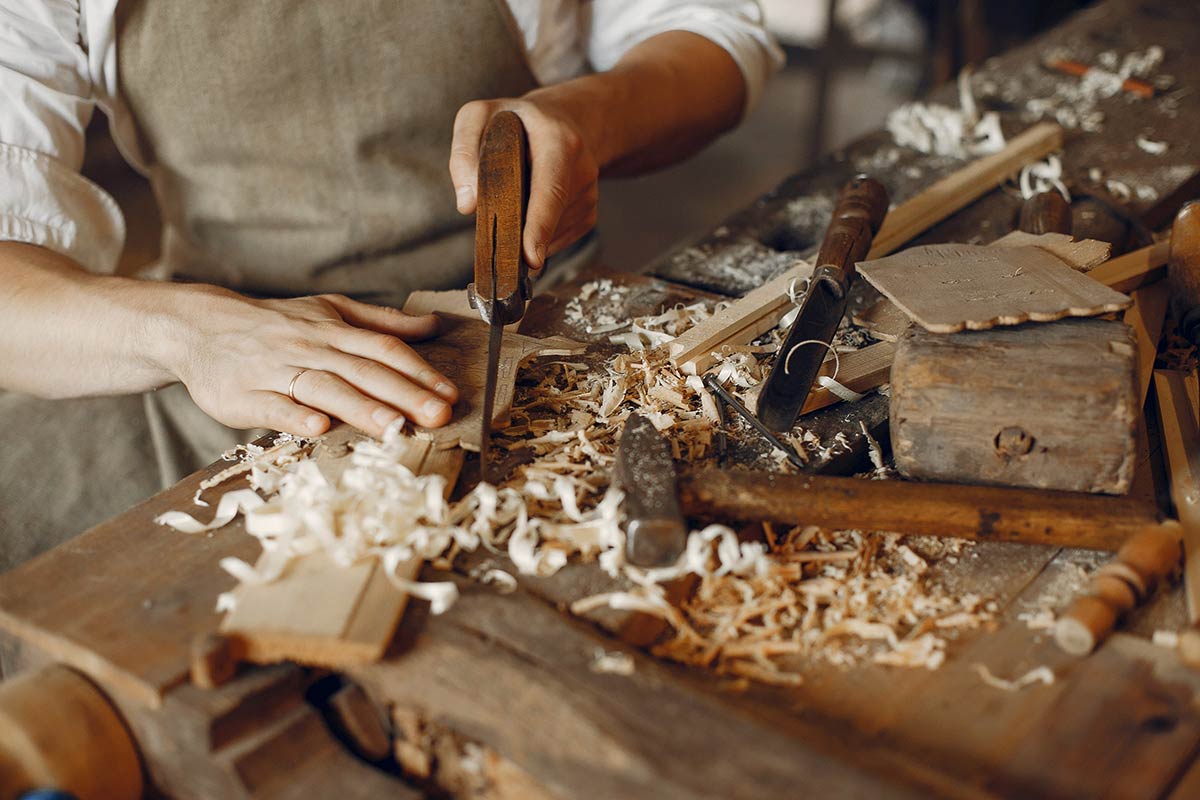
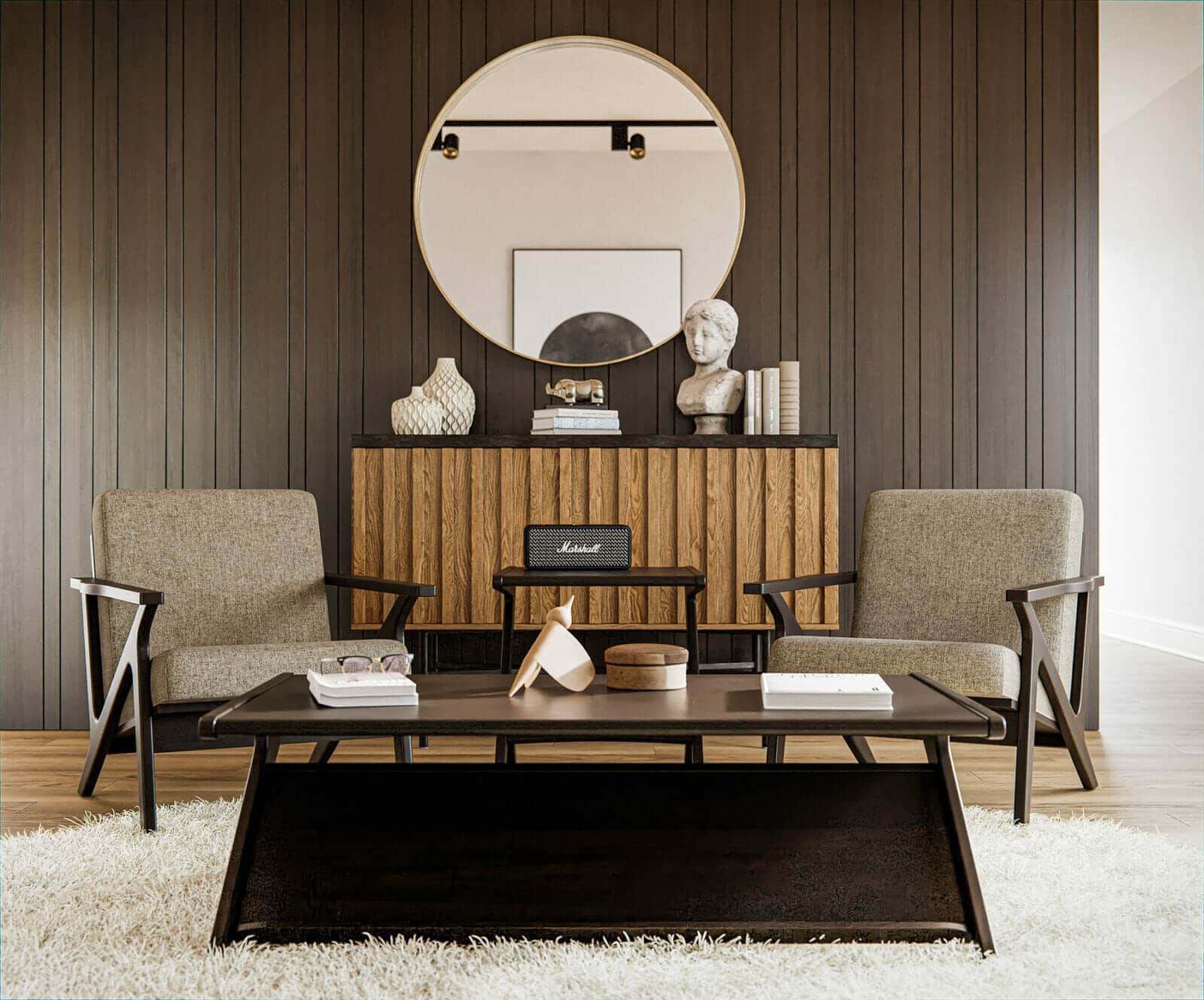






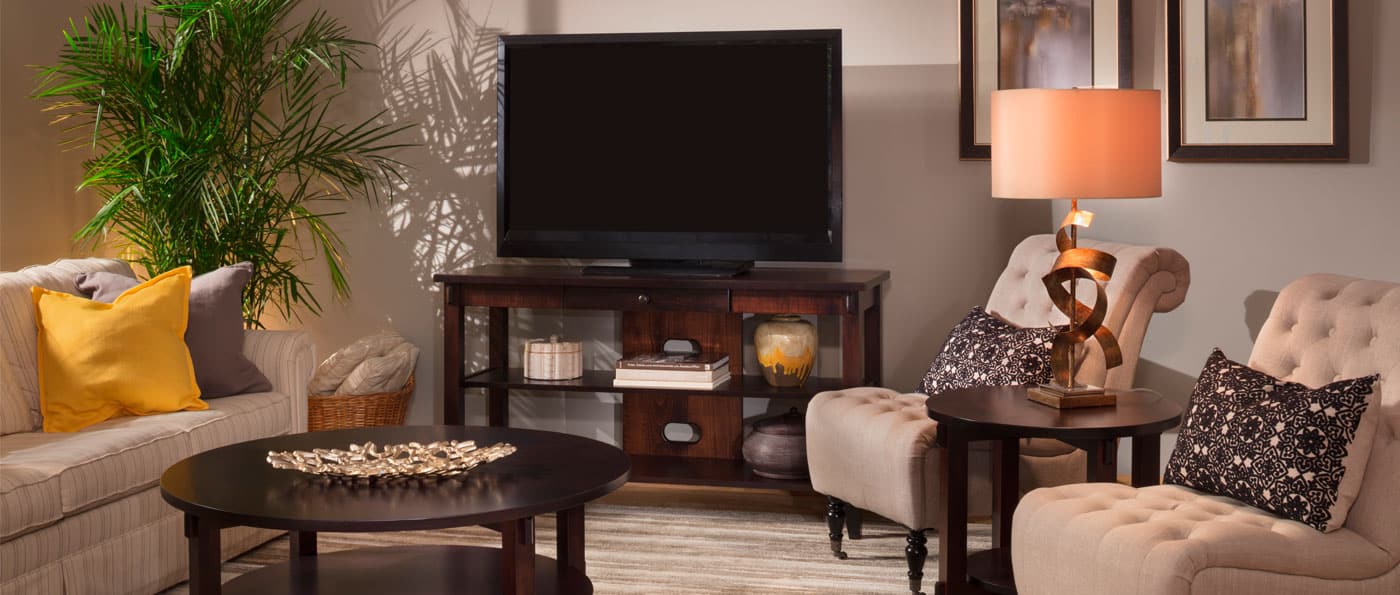


Is claw feet furniture worth a lot ? (Solid oak ) .
Hi Jill! Claw feet furniture is actually on the less pricey side of the furniture we offer. For example our Traditional Double Pedestal Table is a couple hundred dollars cheaper compared to other tables we offer.
What is the plastic material called that my dining room chair legs are made of. The legs are hollow and one melted when I heated a finishing nail with a Bic lighter and pushed it to the leg. The cherry finish looks spray painted and chips away fairly easily. I have pictures that I can share if that would help you to identify the material. Thanks for any help you can provide.
I would recommend looking into where you had purchased this from as they may have more detailed information on the material it’s built with.
My husband and I want to buy a new wooden side table to put next to the couch in our living room. I am glad you mentioned how a quality and durable wooden table will be at least 1 inch thick. We will keep this in mind so we can find a table that is thick enough and of high quality.
I’m wanting to know islf my table has a veneer that can be sanded and refishinished or not. VERY heavy table and chairs. I can send a photo.
Weight is not a great indicator as some MDF pieces can be heavy. The best way to check is to see to the middle of your table (IE if the table expands, open it up and see the table top middle portion). If there is a noticeable part that looks different from the rest (thin material on top and different material from the rest) then you most likely have a veneer or MDF piece of furniture. If the material is solid all the way through it most likely is solid hardwood.
My oak dining chairs have an old discolored label that says ” ANT. OF TOM. ” with 4 hand written numbers . Any idea what this could mean ?
Our best guess is it stands for “Antiques of Tomorrow” but your guess is as good as ours.
If you’re looking for furniture made from natural materials, wood is a great option. Not to mention, it’s a relatively environmentally friendly option as well. There are a variety of different types of wood furniture available on the market, so it’s important to research carefully before making your purchase.